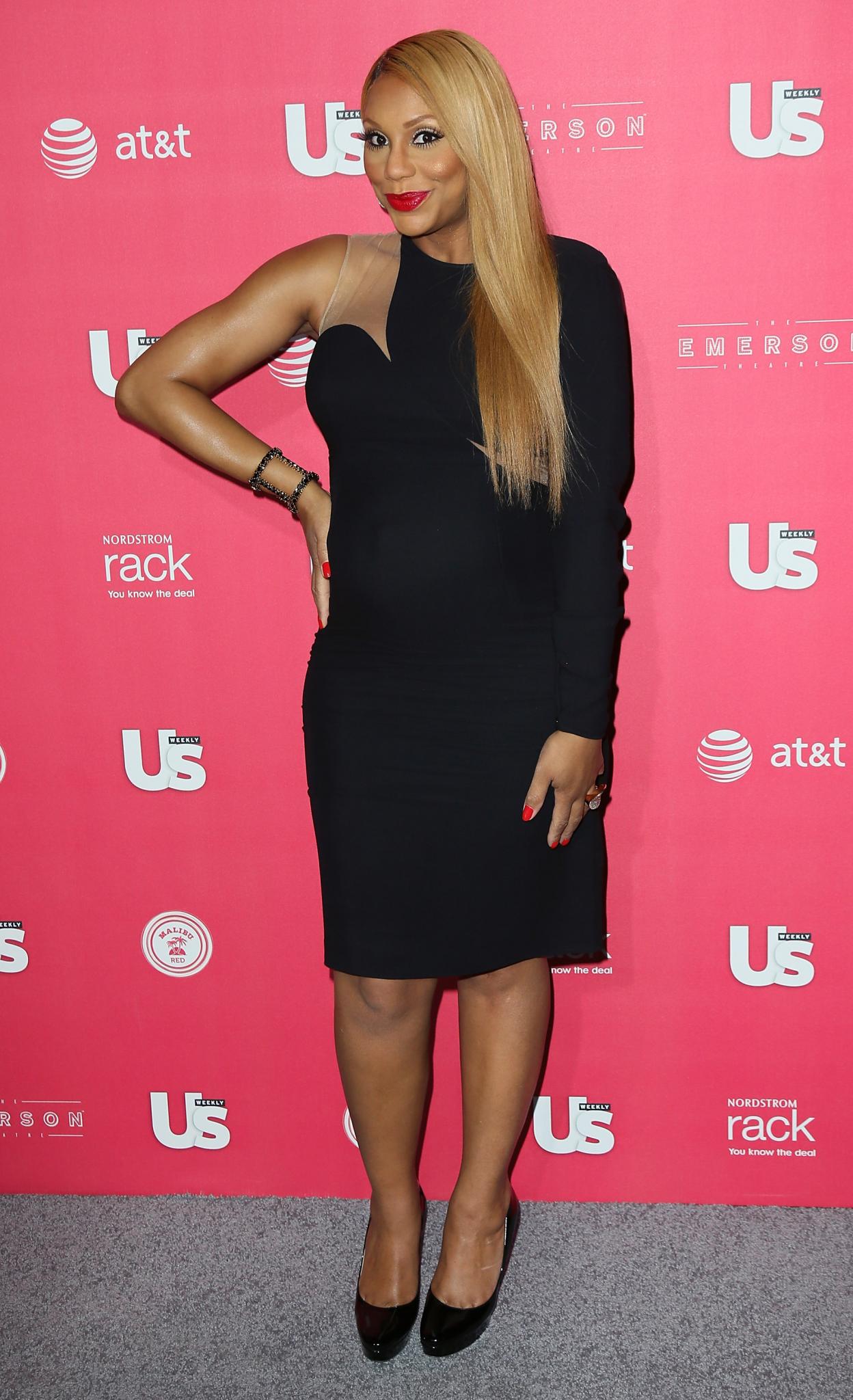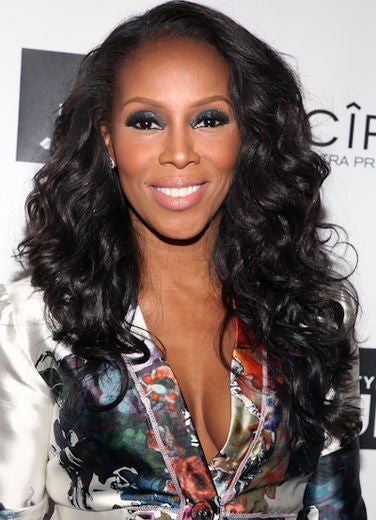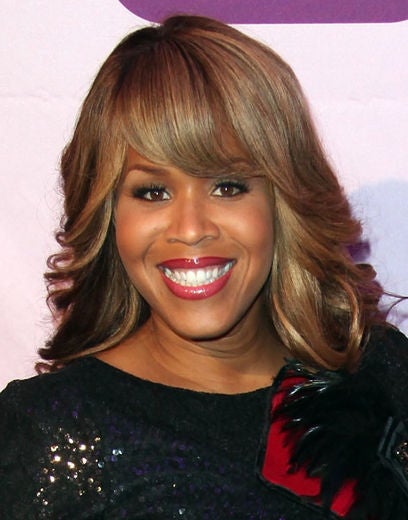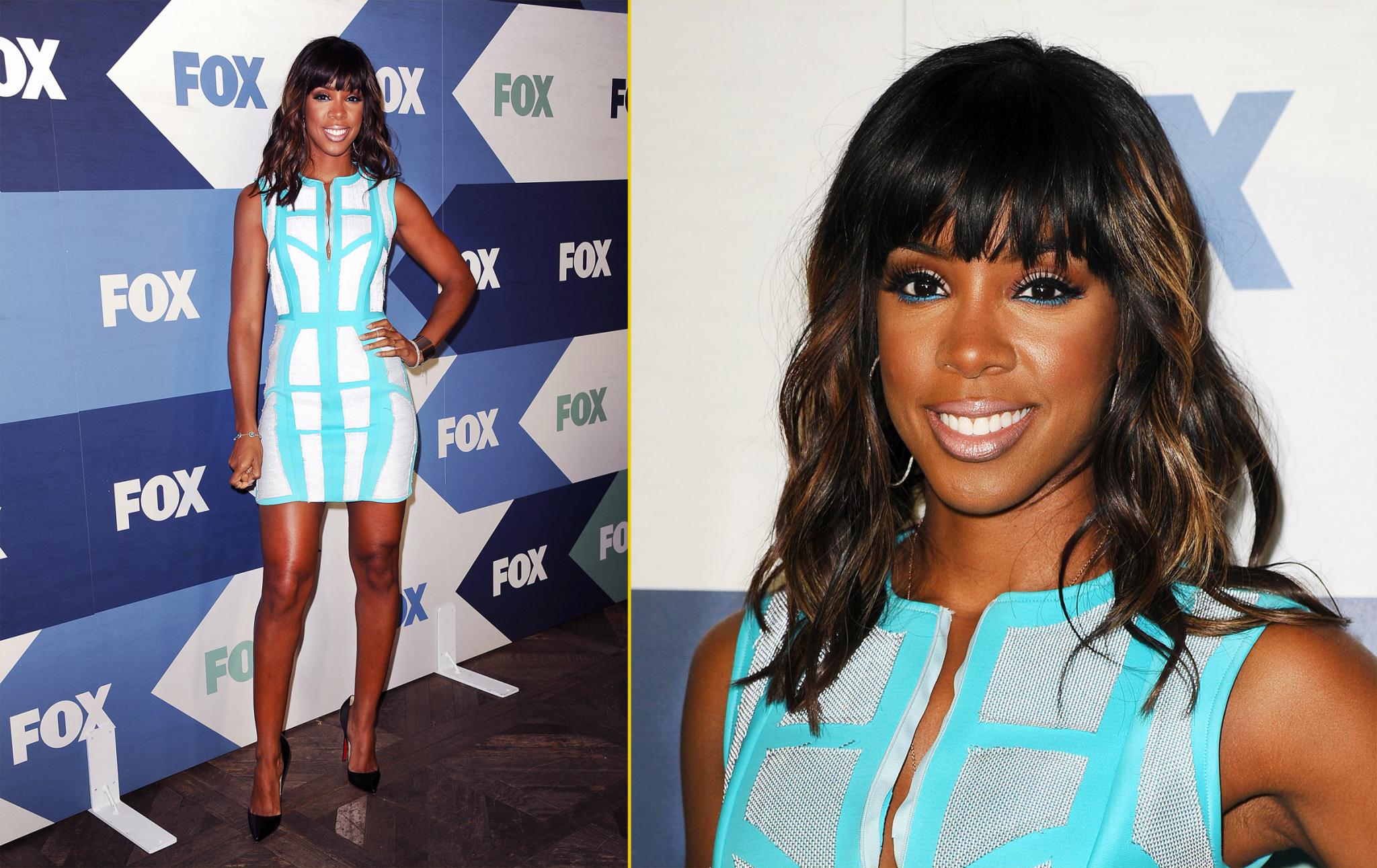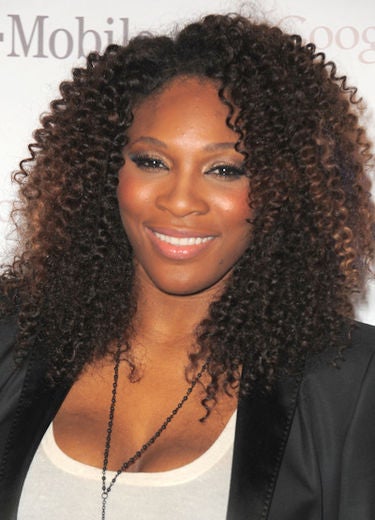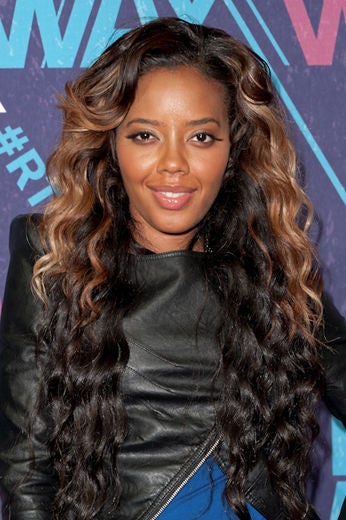Before you commit to adding in extensions, make sure that your own hair is in the best shape possible. “When your hair is under a weave, you think that you’re protecting it. However, if you’re not taking care of the hair underneath, you could be doing more damage than good,” says celebrity hairstylist Cynthia Alvarez. “My philosophy is that you have to deep condition, moisturize and give your own hair the best treatment that you can before you sew it up under the weave. If you start out with clean and conditioned hair, it will stay healthy and continue to grow.”
Yes, hair extensions can be pricey, but always remember that you get what you pay for. “Cheap hair will be stiff and dry with no movement and what’s the point of wasting your money on that?” asks Alvarez. “Think about how long you would want to reuse the hair. If you buy really great quality hair, you don’t have to keep buying hair every other month. You end up saving more money and it will look more natural.”
If you’re tight on time in the mornings, avoid hair that will need to be styled daily. “If you can spend a lot of time in the mirror everyday, then you can go with the hair that needs constant styling,” says Alvarez. “I recommend wavy textures for those with busy schedules because it is a wash-and-go texture but it also straightens really beautifully.”
“The glue has got to go!” exclaims Alvarez. “To glue in a weave is cheaper and faster, but you sacrifice your hair and health in the long run. Hair glue is made of latex and some people have really bad allergic reactions to it. Also, when you glue in a weave, you can’t reuse the hair. A sew-in weave would be a much smarter option.”
Wigs are quickly becoming the popular alternative to extensions because of their versatility and ease. “A lot of women will get a lace-front wig sewn in because it lasts as long as a weave but it takes less time to install,” says Alvarez. “Wigs are also good because they come off and on everyday and allow your own hair to breathe at night.”
Adding serums and sheens can actually have the opposite effect on the hair over time. Instead of making the hair shine, it will weigh it down, make it stringy, or damage the hair. “If you have high quality hair, you don’t need a lot of products,” says Alvarez. “The hair will already have luster and shine.”
The longer and fuller your extensions are, the heavier the hair will be. This could cause added tension on your natural hair and make it prone to breakage. “When your hair starts growing under the weave, the weight of the weft can start to pull and break hair, especially around the edges,” says Alvarez. It’s also important to note that if you have a relaxer, the area where your new growth and relaxed hair meets is very delicate and more prone to breakage.
When deciding on the hair that best matches your own texture, feel free to mix-and-match hair types to create the perfect fit. “Contrary to popular belief, higher quality hair will not tangle when you mix the textures because the cuticles are smoother,” says Alvarez. “I would not advise mixing packaged hair. You will definitely have matting in that case.”
After you’ve worn your weave straight and long for a while, experiment by having the same hair dyed and cut into a fresh new ’do. “Customizing your hair can make all the difference,” says Alvarez. “Talk to your stylist and bring in pictures to see what style and cut would work best for you.”
Human hair extensions can develop split ends and heat damage just like your natural hair. “This is human hair and if you use too much heat, it’s going to break,” says Alvarez. Avoid daily heat styling by opting for pin curls, roller sets or naturally wavy hair types.
